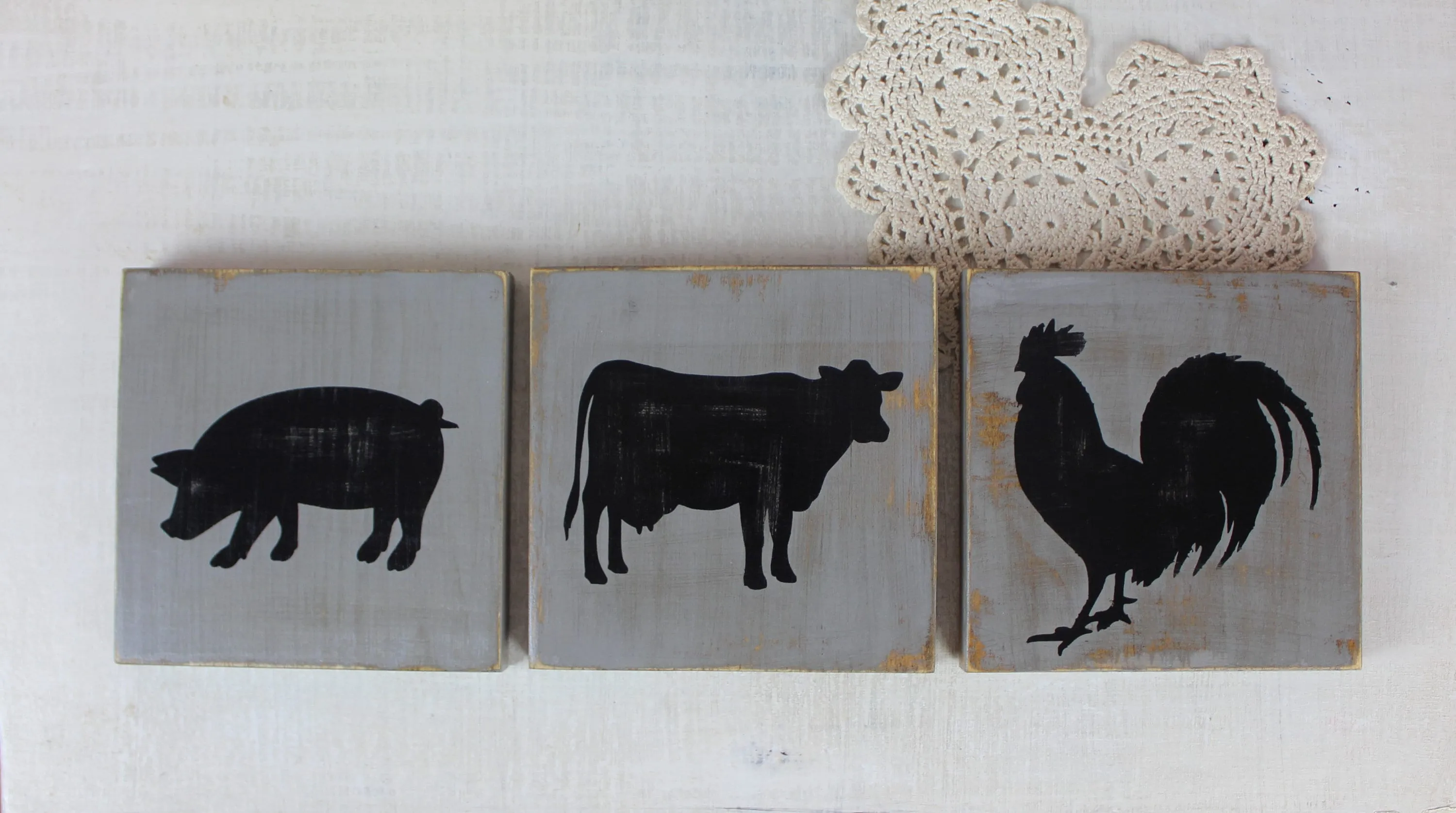Farmhouse Kitchen Decor Top 7 Design Secrets
Creating a beautiful farmhouse kitchen is a dream for many, with its inviting warmth and rustic charm. However, amidst the appeal of vintage finds and cozy aesthetics, it’s crucial to prioritize safety. This guide will unveil the top 7 design secrets to ensure your farmhouse kitchen is not only stylish but also a safe haven for you and your loved ones. From choosing the right materials to implementing smart safety measures, discover how to create a kitchen that combines beauty with peace of mind. Let’s delve into the details and transform your kitchen into a safe and stunning space.
Prioritize Non-Toxic Materials
The foundation of a safe farmhouse kitchen starts with the materials you choose. Many traditional materials can release harmful chemicals, so selecting non-toxic options is vital. This approach not only protects your health but also contributes to a more sustainable environment. Consider these factors when selecting your decor and building components to ensure you are on the safe side. Making informed decisions here will greatly enhance the safety of your home.
Choose Safe Paints and Finishes
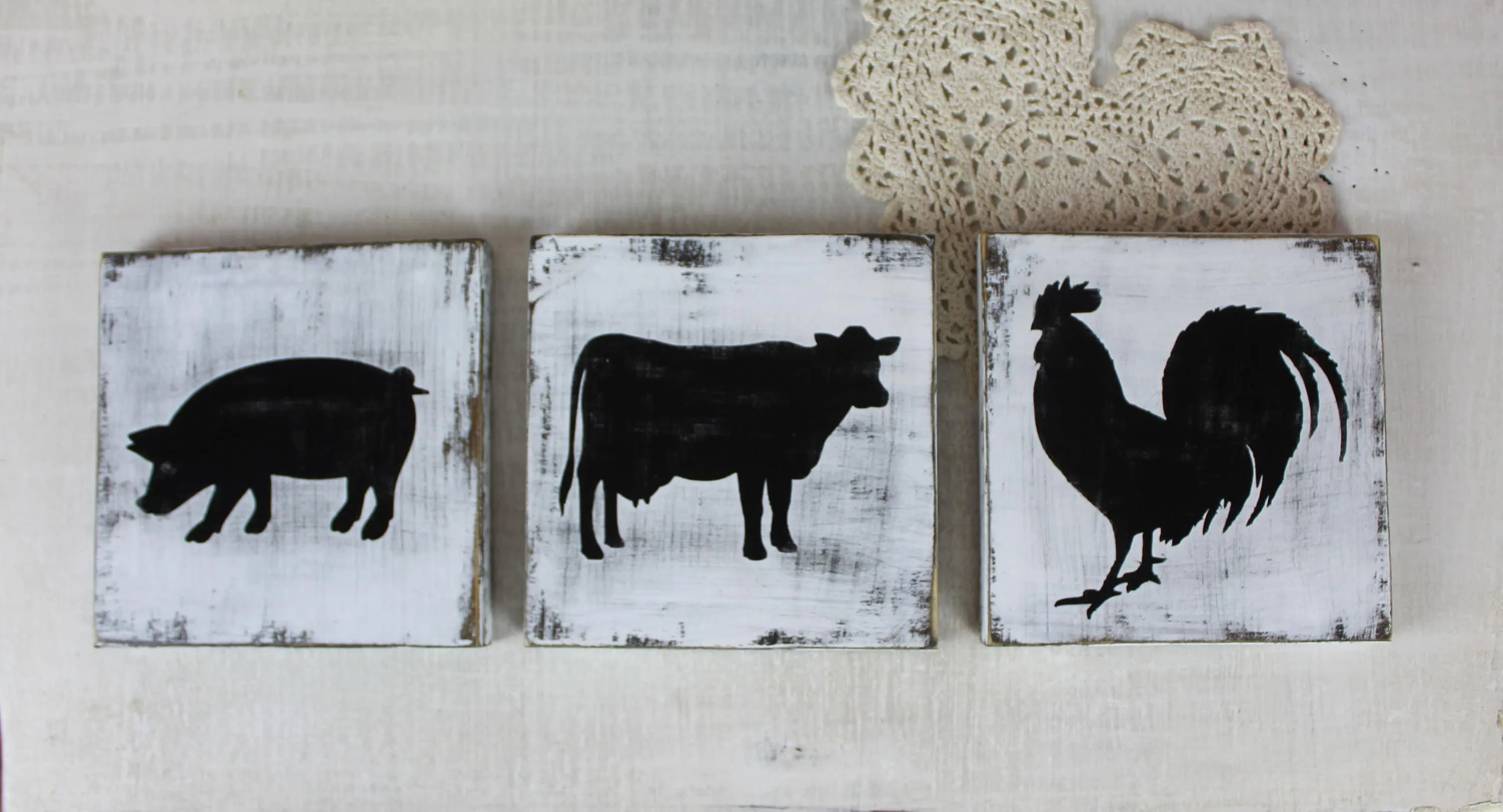
Paints and finishes can be significant sources of volatile organic compounds (VOCs). Opt for low-VOC or zero-VOC paints and finishes for your walls, cabinets, and trim. These products release fewer harmful chemicals into the air, improving indoor air quality. Look for certifications like Green Seal or UL Environment, which verify the product’s low-emission properties. This step is crucial for maintaining a healthy environment, especially in a space where you spend considerable time.
Select Sustainable Wood and Alternatives
When choosing wood for cabinets, countertops, or furniture, select sustainably sourced options. Look for wood certified by the Forest Stewardship Council (FSC), ensuring that the wood is harvested responsibly. Alternatively, consider eco-friendly alternatives like reclaimed wood, bamboo, or recycled materials. These choices reduce your environmental impact and often come with lower VOC levels, contributing to a healthier kitchen environment. Sustainability is both safe and smart.
Assess Air Quality and Ventilation
Proper ventilation is essential for maintaining good air quality in your kitchen. Kitchens generate various pollutants, including cooking fumes, VOCs from cleaning products, and other potential irritants. Adequate ventilation helps to remove these pollutants, protecting your health and ensuring a safe environment. Regular assessment and appropriate measures are important for the safety of your kitchen.
Ensure Proper Ventilation
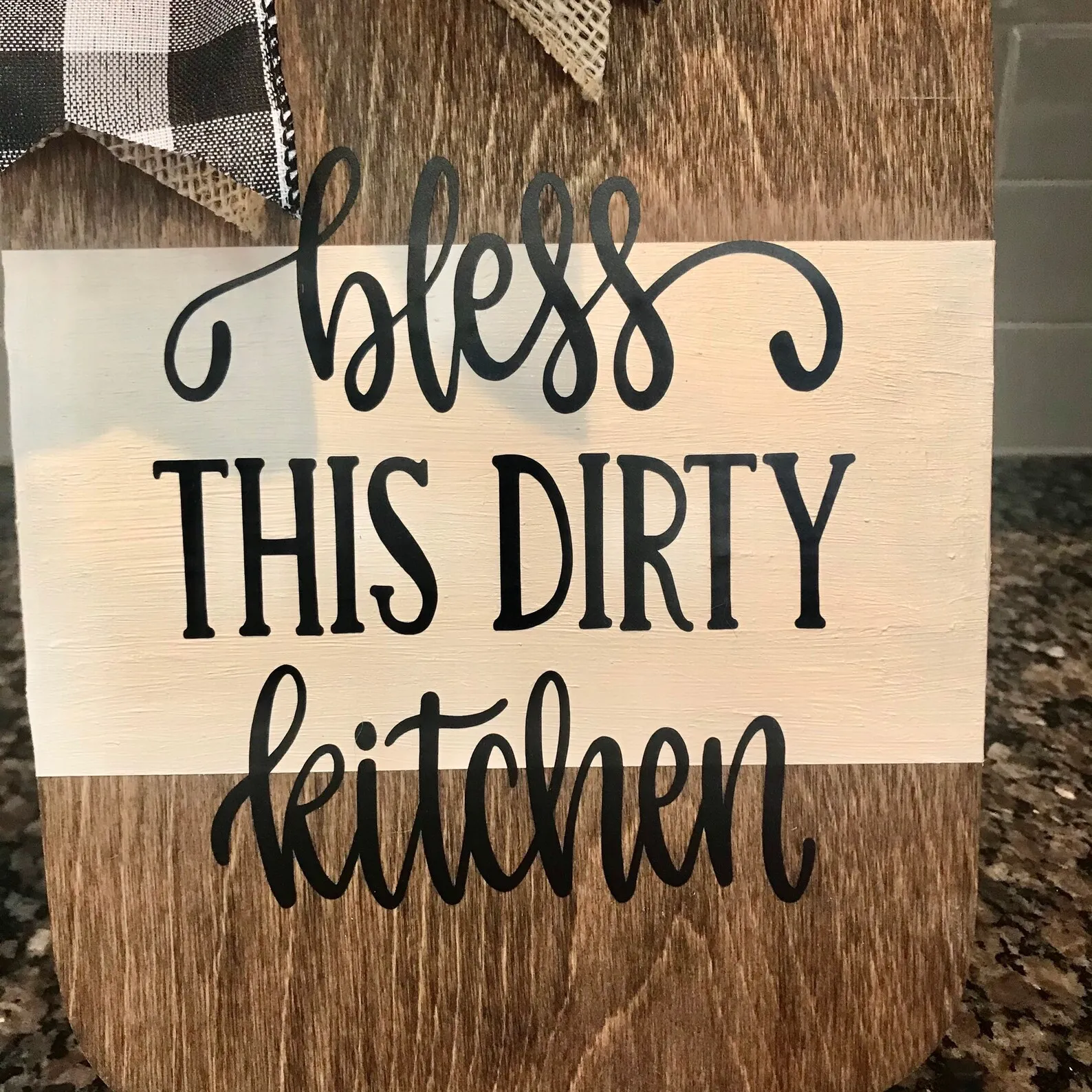
Install and use a range hood that vents to the outside. This is crucial for removing cooking fumes, smoke, and grease. Ensure your kitchen has sufficient airflow, and consider opening windows when cooking to improve ventilation. Regularly clean your range hood filters to maintain its effectiveness. Proper ventilation is a key component of a safe kitchen and also helps maintain the cleanliness of the space.
Monitor VOCs
Be mindful of VOCs released from cleaning products, air fresheners, and other household items. Choose products with low-VOC or zero-VOC formulations whenever possible. Consider using an air purifier with a HEPA filter to remove airborne particles and contaminants. Regularly ventilate your kitchen, especially after cleaning or using products that may release VOCs. Prioritizing products and practices with reduced VOCs will help promote safety and improved air quality in your kitchen.
Consider Safe Lighting Options
Lighting can enhance the aesthetic appeal of a farmhouse kitchen, but it’s also essential to consider its safety implications. Safe lighting choices not only illuminate your space effectively but also minimize hazards. There are various options available to ensure both aesthetics and the safety of your home.
Choose Energy-Efficient Bulbs
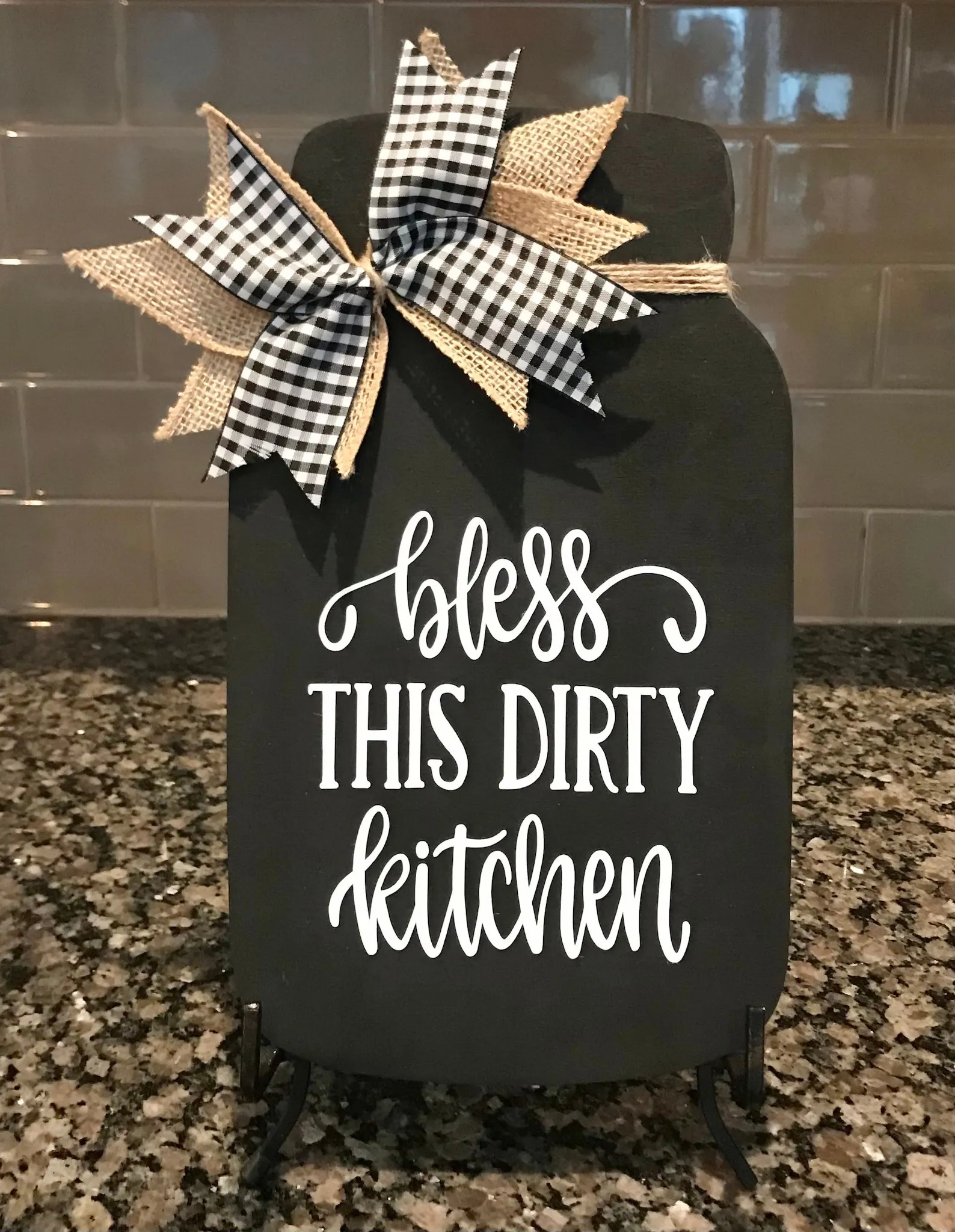
Opt for LED bulbs, which are energy-efficient and produce less heat than traditional incandescent bulbs. This reduces the risk of burns and decreases your energy consumption. LED bulbs also last longer, reducing the frequency of replacements and the associated risks. Energy-efficient options benefit both your safety and your budget.
Evaluate Placement of Lights
Ensure that lighting fixtures are placed away from water sources and flammable materials. Avoid hanging lights directly above the stove or sink, where they could come into contact with water or heat. Consider the height and accessibility of light fixtures to prevent accidental bumps and falls. Think about the layout and safety considerations together to minimize potential hazards.
Inspect and Maintain Electrical Wiring
Electrical safety is paramount in any kitchen. Regularly inspecting and maintaining your electrical wiring and devices can prevent fires and electrical shocks. Routine checks and awareness of potential hazards are vital to ensure a safe kitchen environment.
Regularly Check Wiring and Outlets
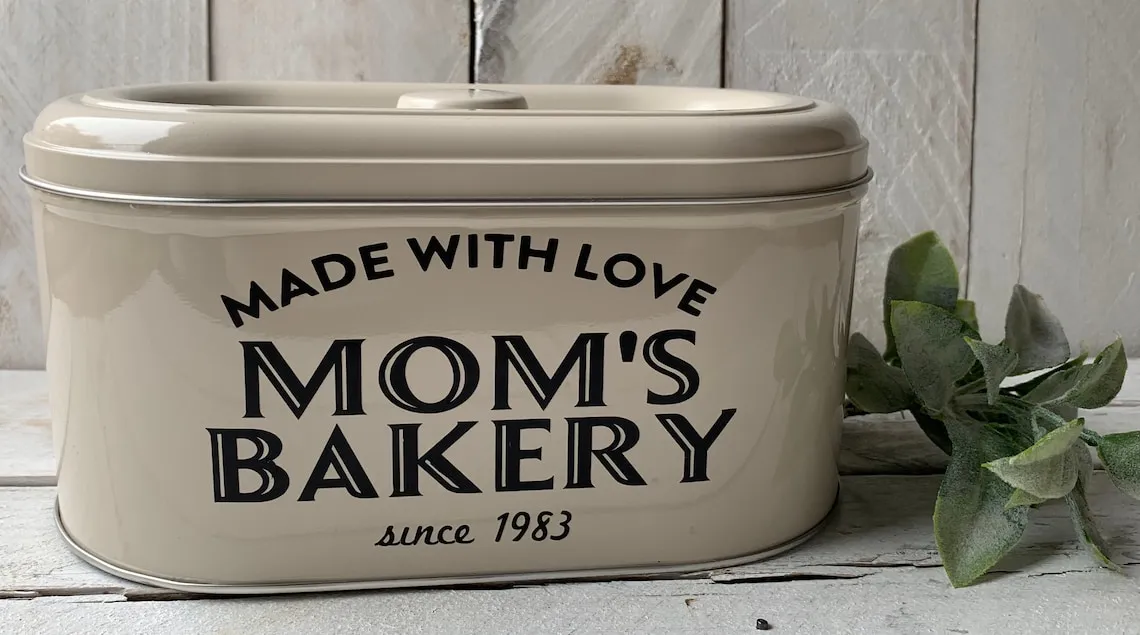
Inspect your electrical wiring and outlets regularly for any signs of damage, such as frayed wires, loose connections, or discoloration. Replace any damaged outlets or wiring immediately. Ensure that all outlets are properly grounded. Consider having a qualified electrician inspect your kitchen’s electrical system periodically. Regular inspection can save you from accidents in the future.
Use Surge Protectors
Protect your appliances and electronics by using surge protectors, especially for sensitive devices like refrigerators and dishwashers. Surge protectors safeguard against power surges that can damage or destroy your appliances. Ensure that surge protectors are in good condition and replace them as needed. Surge protectors are a small investment that can provide significant protection.
Focus on Fire Safety
Fire safety is one of the most critical aspects of a safe kitchen. Fire can start quickly and cause significant damage and danger. Installing the right equipment and implementing preventative measures can significantly reduce the risk of fire. Taking the right steps in these areas can make a huge difference.
Install Smoke Detectors and Carbon Monoxide Detectors
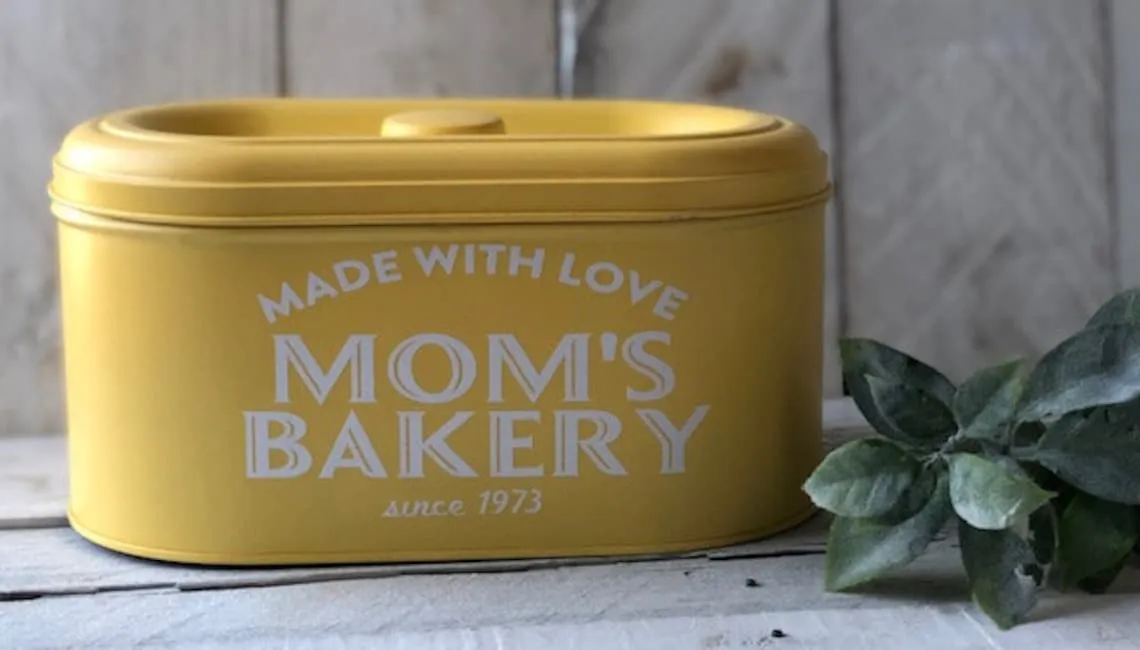
Install smoke detectors and carbon monoxide detectors in your kitchen and ensure they are in good working order. Test your detectors monthly and replace batteries as needed. Position detectors strategically, away from the stove and other areas where smoke and steam can trigger false alarms. Properly functioning detectors provide early warnings, crucial for preventing fire-related injuries.
Keep a Fire Extinguisher Handy
Keep a fire extinguisher within easy reach in your kitchen. Make sure you know how to use it and that everyone in your household is familiar with its operation. Consider a multi-purpose fire extinguisher suitable for different types of fires. Regularly check the extinguisher’s gauge to ensure it’s charged and ready for use. A fire extinguisher can be a lifesaver.
Manage Cooking Hazards
Cooking is a common cause of kitchen fires and injuries. Taking precautions and managing cooking hazards is essential for maintaining a safe environment. Practicing safe cooking habits and being mindful of potential dangers can greatly reduce the risk of accidents.
Use Safe Cookware
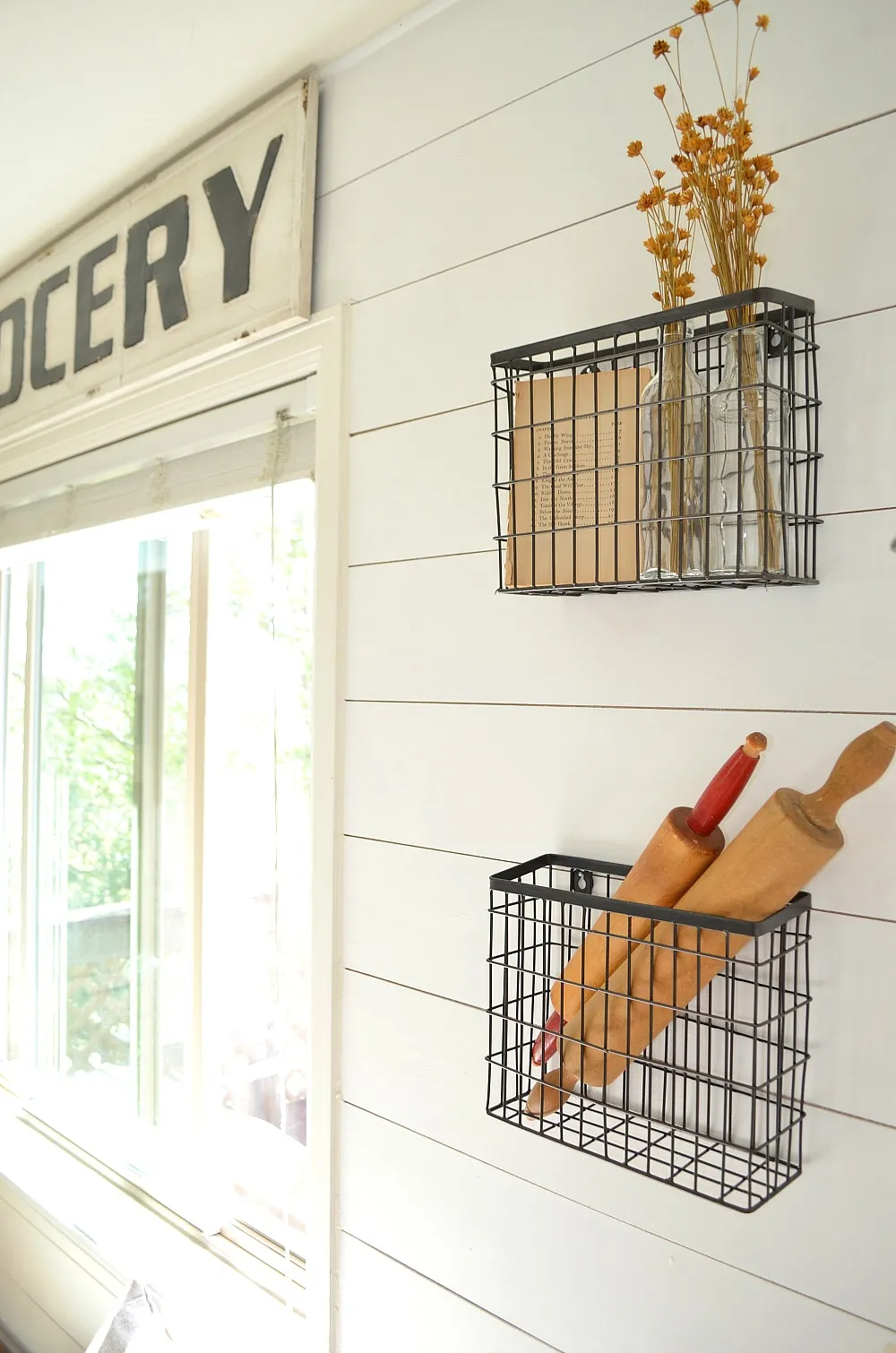
Choose cookware that is appropriate for your cooking methods and stove type. Avoid using damaged or warped cookware. Use pot holders or oven mitts to handle hot pots and pans. Never leave cooking unattended. Always make sure your kitchen is in good working order before you begin cooking to prevent accidents.
Be Mindful of Appliance Placement
Ensure appliances are placed safely away from water sources and flammable materials. Keep the area around your stove clear of flammable items such as dish towels, pot holders, and paper products. Follow manufacturer’s instructions regarding the placement and usage of appliances. Proper appliance placement will decrease the risks of fires.
Childproof Your Kitchen
If you have children, childproofing your kitchen is essential to protect them from potential hazards. Implementing preventative measures like these can help ensure that your kitchen is a safe place for both adults and children.
Secure Cabinets and Drawers
Install cabinet and drawer locks to prevent children from accessing dangerous items such as cleaning supplies, medications, and sharp objects. Secure any potentially hazardous items that may be found in the kitchen. This helps protect children from accidental poisonings or injuries. Securing these areas is essential for any home with children.
Use Child-Resistant Locks
Install child-resistant locks on cabinets and drawers containing hazardous materials. Use appliance locks to prevent children from opening appliances. Ensure that all potentially dangerous items are stored out of reach or secured. These precautions will provide peace of mind.
Prioritize Slip Resistance
Kitchen floors can become slippery due to spills and moisture. Preventing falls is crucial for safety, and choosing the right flooring and taking some precautions will greatly assist in doing so.
Choose Non-Slip Flooring
Select flooring materials that are slip-resistant, such as tile with a textured surface or vinyl flooring with a good coefficient of friction. Avoid highly polished or smooth flooring, which can be slippery when wet. Choose flooring that helps prevent falls. Flooring that is slip-resistant will greatly help you.
Use Rugs with Non-Slip Backing
If you use rugs, ensure they have a non-slip backing or use rug pads to prevent them from sliding. This reduces the risk of trips and falls. Regularly clean rugs to maintain their grip and prevent hazards. Make sure these pads are the correct size to ensure that they are effective and keep you from falling.
By implementing these 7 design secrets, you can create a farmhouse kitchen that is both beautiful and safe. Prioritizing non-toxic materials, ensuring proper ventilation, focusing on fire safety, and childproofing your kitchen are all essential steps. With careful planning and attention to detail, you can enjoy the charm of farmhouse decor while ensuring the safety and well-being of everyone in your home.
